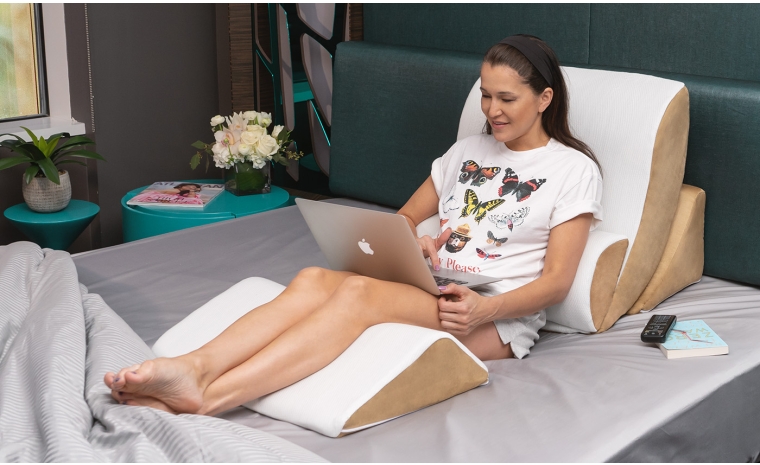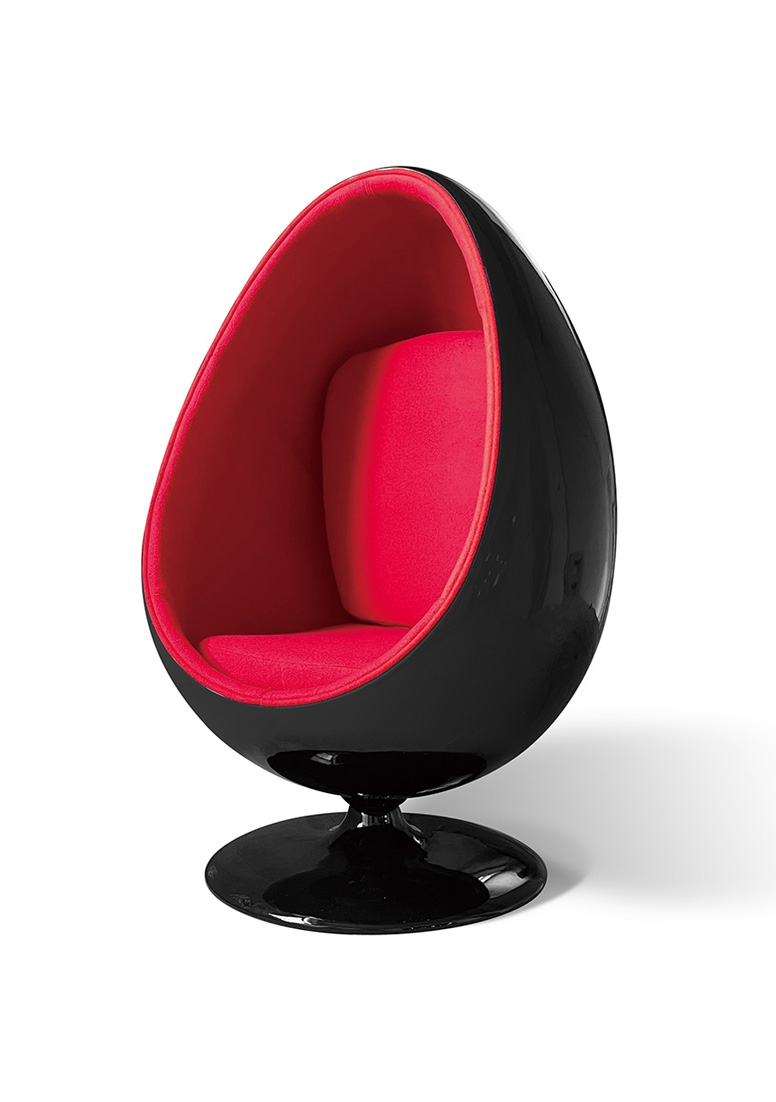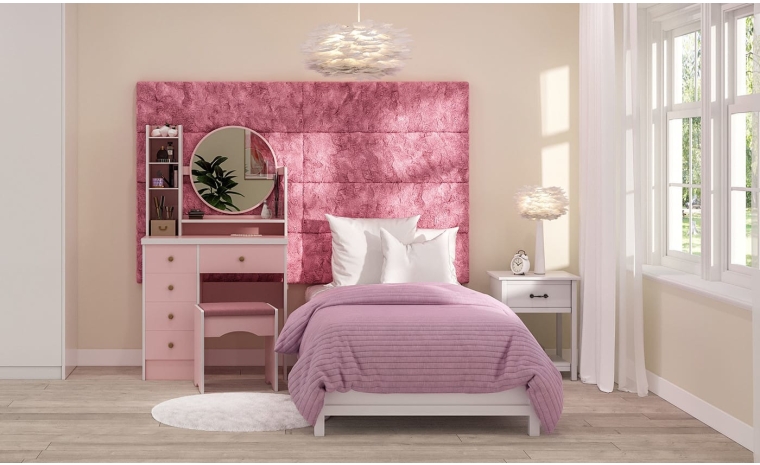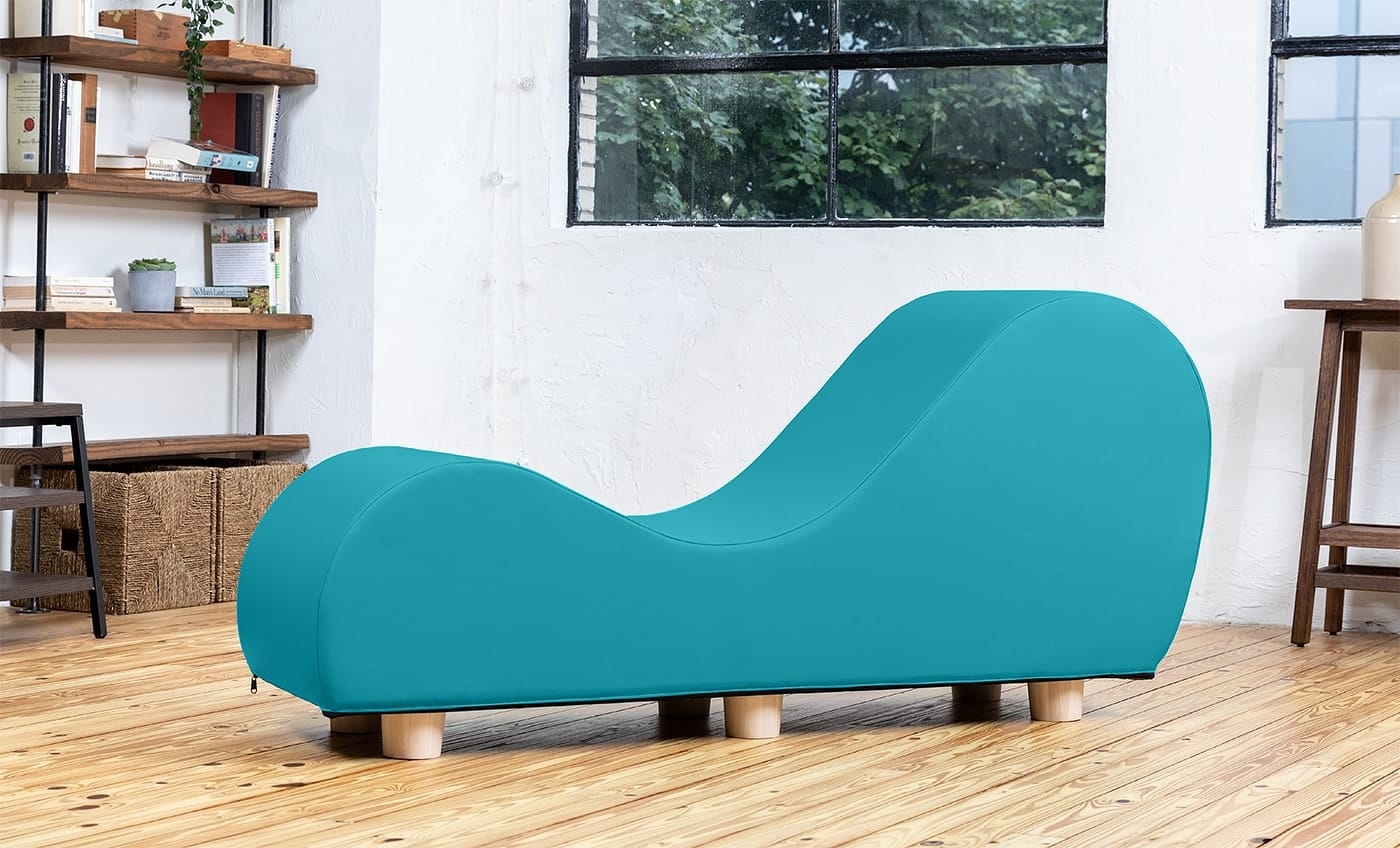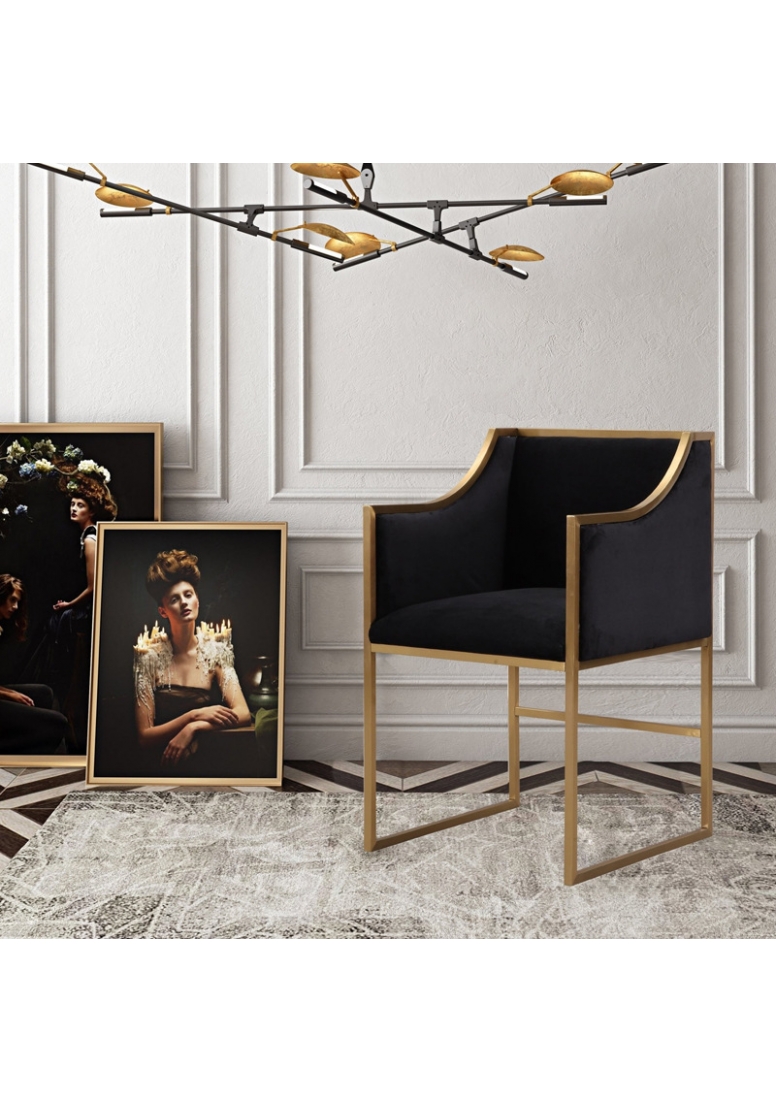What position should I use to meditate?
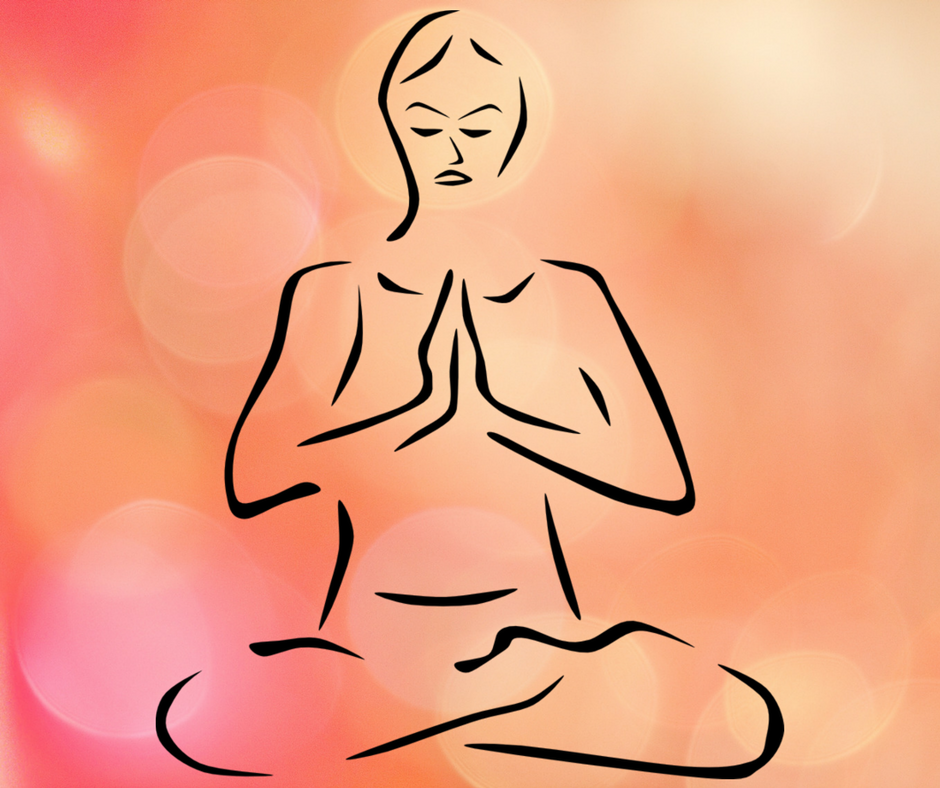
The Burmese Position
This is the simplest position in which the legs are crossed with both knees resting flat on the floor. One ankle is in front of the other, not over.
The Half Lotus Position (Hankafuza)
This is done by placing the left foot onto the right thigh and tucking the right leg under your left thigh.
The Full Lotus Position (Kekkafuza)
This is by far the most stable of all positions. It is done by placing each foot onto the opposite thigh. This might be painful at first but keep trying and the muscles in your legs will loosen to accomodate. It is very difficult and is not suitable for everyone, especially when first trying meditation and yoga. It is definately not recommended, for example, if you have knee pain or joint problems.
The Kneeling Position (Seiza).
Kneel with your hips resting on your ankles.
The Chair Position
It’s perfectly fine to sit on a chair but it’s essential that you keep your back straight.
The Standing Position
This is a helpful position, practiced in Korea and China, for people who cannot sit for long periods of time. Stand straight with your feet shoulder width apart. Your heels should be slightly closer together than your big toes. Lay your hands over your belly, right hand over left.
Seated upon a Chaise Longue
You could in the Burmese, Lotus or Half Lotus position in the centre of the Chaise dip. The curves can support your knees in these Positions.
Seated against the Chaise Lounge
Seated against the side of the chaise will ensure you keep your back posture straight and the feeling of being against something can be a reminder to do so.
Laid on the Chaise
You could meditate in a recliner position on the Chaise. Whilst this in a none-traditional meditation position, it can the the most relaxing, and a good option for those who have joint issues. It is especially appealing if you have time to take a nap afterwards!


